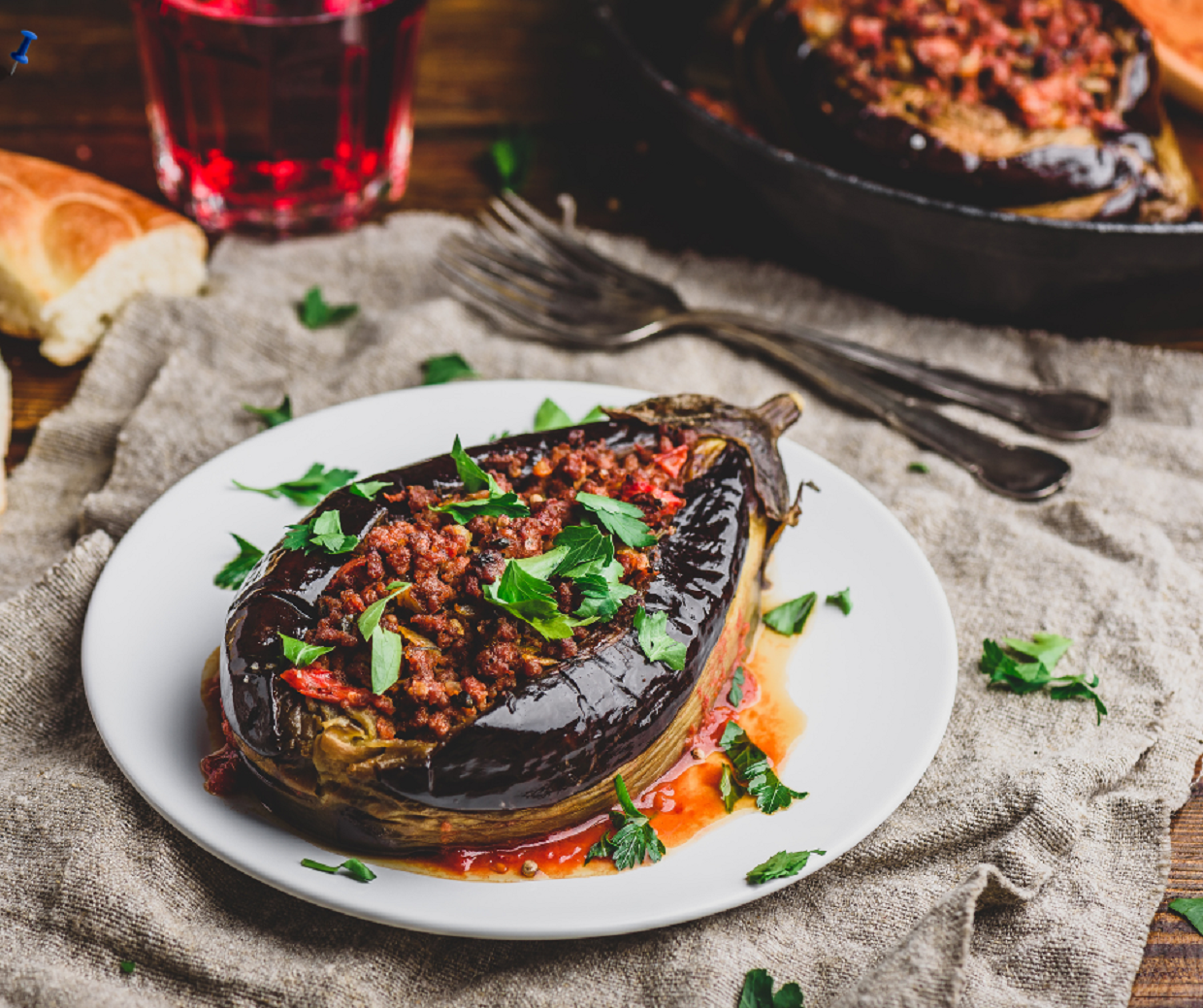In the bustling world of gastronomy, where Michelin-starred restaurants and celebrity chefs dominate the limelight, there exists a realm of culinary enchantment that transcends the glamour of high-end dining. It’s the realm of “casa mia,” where the heart of cooking resides within the confines of home kitchens, where recipes are passed down through generations, and where the most cherished meals are often the simplest.
In this article, we embark on a journey into the world of “ricette di casa mia” – recipes from my home. Here, we delve into the essence of home cooking, exploring the traditions, flavors, and stories that make each dish a masterpiece in its own right.
The Art of Home Cooking
At the core of “ricette di casa mia” lies the art of home cooking. It’s a craft honed through years of practice, guided by intuition rather than rigid culinary rules. In the comforting embrace of the kitchen, home cooks transform humble ingredients into culinary delights that nourish both body and soul.
Unlike the precision of professional kitchens, where every measurement is exact and every technique meticulously executed, home cooking is a dance of improvisation and creativity. It’s about adjusting seasoning to taste, substituting ingredients based on what’s available, and embracing the imperfections that make each dish unique.
Tradition and Heritage
Central to “ricette di casa mia” are the traditions and heritage that shape the culinary identity of a family or community. These recipes are more than just instructions for preparing a meal; they are a link to the past, a connection to ancestors who cooked the same dishes with love and care.
In many households, recipes are handed down from generation to generation, preserved in handwritten notebooks or passed along through oral tradition. Each recipe carries with it a story – of family gatherings around the dinner table, of holiday celebrations filled with laughter and love, and of the simple joys of sharing a meal with loved ones.
Flavors of Home
The flavors of home are as diverse as the cultures and regions from which they originate. From the fiery spices of Indian curries to the comforting warmth of Italian pasta dishes, each cuisine tells a story of its land and its people.
In my home, the flavors are a reflection of my multicultural upbringing. Growing up in a household where East met West, I was exposed to an eclectic array of culinary influences, from the fragrant spices of my mother’s native India to the hearty stews of my father’s European heritage.
Simple Pleasures
In a world where fast food and convenience meals reign supreme, “ricette di casa mia” remind us of the simple pleasures of home cooking. There’s something inherently satisfying about preparing a meal from scratch, taking the time to chop, sauté, and simmer until the flavors meld together in perfect harmony.
For me, the act of cooking is a form of self-expression, a way to nourish not only my body but also my spirit. Whether it’s kneading dough for homemade bread or simmering a pot of soup on a cold winter’s day, each moment spent in the kitchen is a celebration of life’s simple joys.
The Power of Food
Food has a remarkable ability to bring people together, transcending language, culture, and borders. In my home, “ricette di casa mia” have served as a bridge, connecting me to my roots and fostering a sense of belonging in an ever-changing world.
Through food, we can explore new cultures, forge lasting friendships, and create memories that last a lifetime. It’s a universal language that speaks to the soul, reminding us of our shared humanity and the importance of nourishing both body and spirit.
Conclusion
In the fast paced world of modern living, it’s easy to overlook the simple pleasures of home cooking. But in the heart of every kitchen lies a treasure trove of tradition, flavor, and love waiting to be discovered.
“Ricette di casa mia” are more than just recipes; they are a testament to the enduring power of food to nourish, comfort, and connect us to something greater than ourselves. So the next time you find yourself in the kitchen, take a moment to savor the flavors of home and embrace the joy of cooking from the heart.
Questions And Answer’s:
- What is the traditional method for preparing your family’s eggplant stuffed dish?
- Our family’s eggplant stuffed dish begins with selecting firm and glossy eggplants. The first step involves slicing the eggplants lengthwise and hollowing out the flesh, leaving a sturdy shell. Next, the eggplant flesh is finely chopped and sautéed with onions, garlic, diced tomatoes, and a blend of herbs and spices, such as oregano and basil, until tender. Once cooked, this flavorful mixture is combined with cooked rice or breadcrumbs and stuffed back into the hollowed eggplant shells. The stuffed eggplants are then baked until golden and tender, resulting in a dish bursting with Mediterranean flavors.
- What are the key ingredients that lend flavor to your family’s eggplant stuffing?
- The key ingredients that lend flavor to our family’s eggplant stuffing include onions, garlic, diced tomatoes, fresh herbs like oregano and basil, as well as a pinch of red pepper flakes for a subtle heat. Additionally, a generous sprinkle of Parmesan cheese adds a savory depth to the stuffing mixture, enhancing its overall taste.
- Can you share any tips for ensuring the stuffed eggplants turn out perfectly tender?
- To ensure the stuffed eggplants turn out perfectly tender, it’s important to select eggplants that are firm and free of blemishes. After hollowing out the eggplants, generously salt the shells and let them sit for a brief period to draw out any excess moisture, which can help prevent them from becoming soggy during baking. Additionally, covering the baking dish with aluminum foil during the initial stages of baking can help trap steam and promote even cooking, resulting in tender and succulent stuffed eggplants.
- How do you enhance the presentation of your family’s eggplant stuffed dish?
- To enhance the presentation of our family’s eggplant stuffed dish, we often garnish it with freshly chopped parsley or basil leaves before serving. Additionally, a drizzle of extra virgin olive oil and a sprinkle of grated Parmesan cheese over the top adds a touch of elegance and richness to the dish, enticing both the eyes and the palate.
- What are some suitable side dishes or accompaniments to serve alongside the stuffed eggplants?
- Some suitable side dishes or accompaniments to serve alongside the stuffed eggplants include a crisp green salad dressed with a light vinaigrette, crusty garlic bread or focaccia for dipping into the flavorful tomato sauce, or a refreshing tzatziki or yogurt sauce for a Mediterranean-inspired twist. These complementary dishes balance the richness of the stuffed eggplants and create a well-rounded meal experience.

